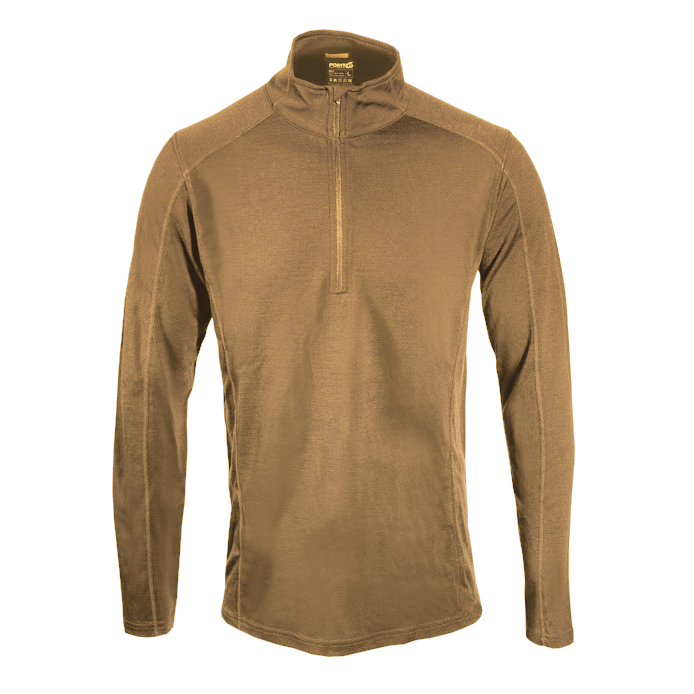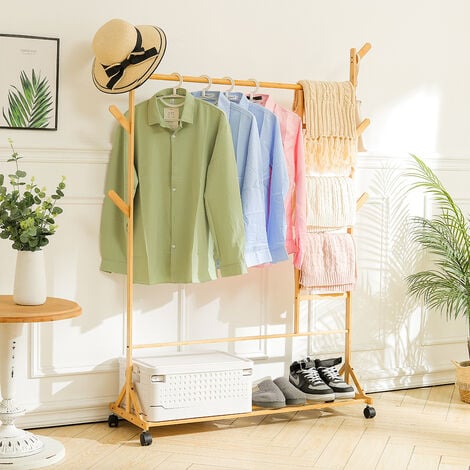Top Rated Merino Wool Base Layers Guide
Wiki Article
What Makes Yak Merino Wool Base Layers So Effective For Winter Sports Clothing In Terms Of Temperature/Warmth Regulation Moisture Management. Comfort. Durability.
Base layers made of Yak merino is ideal for winter sportswear because of their mix of characteristics that increase the temperature control, warmth and ease of wearing.
Both the merino and yak wool possess natural insulation properties. Yak's hollow fibers hold in air and offer exceptional warmth. Merino wool is famous for its insulation.
Controls Body Heat - The combined material helps regulate body heat by capturing the warmth that is lost in cold temperatures while allowing breathability during high-intensity.
Moisture Management-
Merino wool is a natural moisture wicker. Its properties disperse water and keep sweat from building up. Yak fibers also help transport water to keep wearers cool and dry during strenuous exercise.
Comfort-
Softness Merino wool is renowned for its soft, fine fibers that are gentle on skin, and less likely to cause irritation. Incorporating yak fibers into the mix, which are also soft, enhances the level of comfort.
Odor Resistant - Both types wool contain antimicrobial properties that help reduce the growth of bacteria that cause odor. They also help keep the garments fresh.
Durability-
Strength and Resilience - Yak is a strong and durable fiber. However, when it's coupled with merino, it is stronger and more durable to wear. This makes it suitable for strenuous activities.
Natural Fiber Benefits-
Renewability- Yak and Merino wool are renewable and biodegradable fibers, making them environmentally green options.
Wools that are breathable can be used in all weather conditions. They are suitable in dry or wet environments.
Combining yak wool with merino makes it possible for a garment to be created that is both sturdy and warm, while still regulating temperature and managing moisture. The combination of wool and yak makes a fantastic base layer for winter sports apparel, as it is able to meet the demands that outdoor activities face in cold climates. Have a look at the top merino wool base layers info for more info including smartwool 250, best baselayers for skiing, ll bean merino wool base layer, wicked wool base layer, snow base layers, merino wool base layer womens, heavyweight merino wool base layer, long underwear for skiing, base layer for warmth, smartwool thermals and more.

What Are The Benefits Of Bamboo Clothing For Outdoor Winter Clothes In Terms Of The Durability, Comfort, And Safety?
Bamboo clothing is a great option for outdoor clothing that offers comfort, security, and sustainability.
The softness of bamboo fabric a soft and silky texture that is gentle on skin. Its luxurious feel is often likened to that of silk or even cashmere.
Bamboo fibers are moisture-wicking. They have moisture-wicking properties, pulling moisture away from the skin and keeping the wearer comfortable and dry when performing physical activities.
Thermal Regulation- Bamboo clothing has natural temperature-regulating properties, providing warmth in winter while remaining breathable to prevent overheating.
Sustainability-
Bamboo is renewable and can be grown very quickly without using pesticides. Bamboo is able to regenerate quickly, making it a sustainable choice for clothing materials.
Bamboo has a very low environmental impact. Bamboo uses less soil and water nutrients than cotton. Bamboo absorbs more CO2 than other plants and releases more oxygen into the air.
Protection for Outdoor Wear-
UV Protection - Bamboo fabric provides natural protection from harmful UV radiations.
Bamboo is an antimicrobial that is a natural ingredient, referred to as "bambookun," and it helps to inhibit the growth bacteria that cause the odor. This keeps clothes fresher for a longer amount of time, especially when doing outdoors activities.
Additional Benefits
Bamboo fibers are durable and resistant to wear, making them ideal for outdoor wear.
Biodegradability. Bamboo clothing has a biodegradable nature, meaning that it is able to decompose naturally after the end of its life cycle.
Bamboo fabric is an excellent option for outdoor winter clothing. It is comfortable along with thermal regulation, as well as moisture control. Take a look at the recommended bamboo clothings recommendations for site examples including bamboo t shirts ladies, bamboo hawaiian shirts, bamboo yoga trousers, ladies bamboo pants, bamboo ladies clothing, ladies bamboo tops, bamboo infant clothing, jacket bamboo, mens bamboo clothing, bamboo fibre clothing and more.

How Do Merino And Bamboo Compare To Wool Texture, Heat And Moisture Absorption
In comparison, merino wool is compared to traditional wool and bamboo clothes in terms texture, warmth and moisture absorption. the texture.
Merino Wool - Merino Wool is known for its softness and fine fibers. It is smoother, less scratchy feel compared to other types of wool. It's also regarded as more comfortable to wear.
Bamboo Clothing Bamboo clothing has a silky smooth texture. It is often compared with luxurious materials such as silk or cashmere. The soft and delicate texture makes it a comfortable.
Traditional Wool – Traditional wool has many different textures. Some might be more coarse than others, and can cause itching, discomfort, or irritation in comparison to clothes made of Merino.
Warmth-
Merino Wool Merino wool provides excellent warmth because of its insulation properties. It is a good insulation during colder weather and can retain warmth even in damp.
Bamboo Clothing provides warmth, although it isn't as much insulation as wool. It regulates body temperature, and can be comfortable in all kinds of conditions.
Traditional Wool- Much like wool from merino traditional wool is warm and insulation. It is, however, often heavier, or more bulky than bamboo or merino clothes.
Moisture Absorption-
Merino Wool Merino Wool, with its exceptional moisture-wicking capabilities removes moisture from the skin and lets it evaporate. It is warm when it is damp.
Bamboo Clothing: Bamboo fabric also has moisture-wicking capabilities which draw away moisture from the skin, and providing ease during physical activities. It is able to regulate moisture and keeps the wearer dry.
Traditional Wool - While wool can take in moisture, it may not have the same properties of moisture wicking as bamboo or merino fabric. Some types of wool can be heavy and spongy when it is wet.
Summary, merino has a reputation for the softness, warmth, and effectiveness of moisture wicking. Bamboo clothing features a silky texture and is warm with good moisture control. Traditional wool can have distinct texture, offer warmth and absorption of moisture, however they are more coarse or heavier when compared with the bamboo or merino clothes. Each type of material has distinctive characteristics that are tailored to suit different needs and tastes. View the top rated merino winter clothing for site info including smartwool merino 250 base layer, merino wool base layer hunting, merino wool base layer hunting, merino wool thermal underwear, wicked wool base layer, smartwool thermals, 400g merino wool base layer, smartwool 1 4 zip mens, baselayer bottom, merino wool ski base layer and more.
